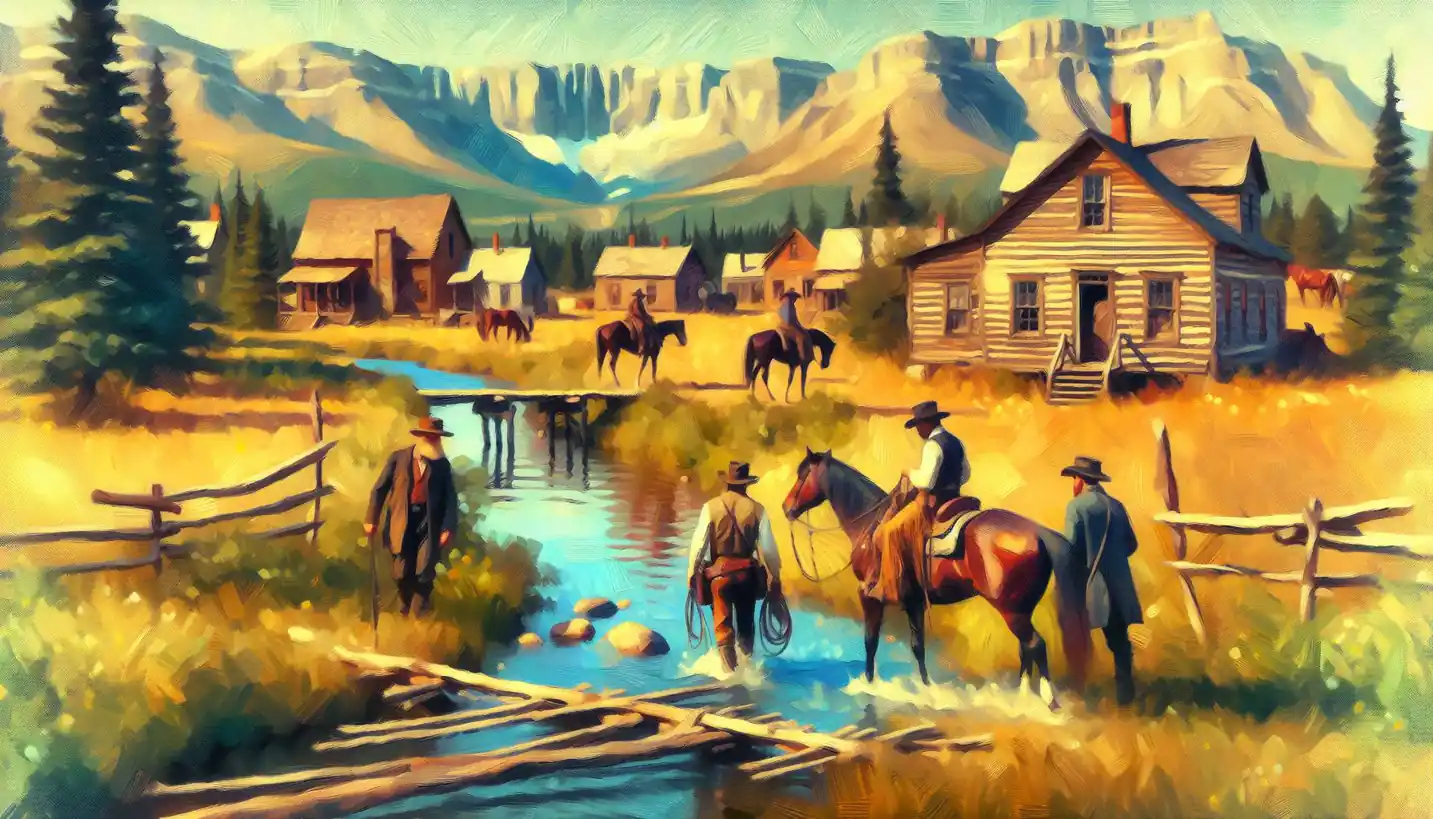· History · 4 min read
Narrative History: Bringing Microhistory to Life
Narrative History breathes life into microhistory by weaving personal stories and events. Learn how storytelling transforms our understanding of the past.

There’s something captivating about stories that focus on the small, the overlooked, and the seemingly mundane. Narrative history, especially in the realm of microhistory, does just that. It’s like zooming in with a magnifying glass to explore the intricate details that make up the bigger picture of history. This approach lets us connect deeply with the past in a way that traditional historical studies might miss.
Microhistory might sound like something you’d need a microscope for, but it’s all about telling the stories of individuals or small groups that often get overshadowed. Imagine slicing a tiny piece from the grand fabric of history to see every thread and stitch up close. This might include examining the life of a single person, the practices of a small village, or even the events of one specific day. By looking closely, microhistorians can uncover truths about broader social, cultural, and economic patterns.
One of the reasons narrative history in microhistory is so fascinating is because it’s like hearing a juicy secret about the past that few have heard. These stories are rich in detail and full of life. Take, for instance, the famous microhistorical work, “The Cheese and the Worms” by Carlo Ginzburg. It’s about Menocchio, a 16th-century Italian miller with rather radical ideas about the world and religion. Through his tale, we get a peek into the mindset of ordinary folk during that time and their encounters with major religious institutions.
What’s compelling about narrative history is its ability to humanize history. Rather than drowning in dates, battles, and the deeds of great kings, we learn about the lives, dreams, and struggles of everyday people. These are the folks who faced challenges, made choices, and shaped their world just as much as any ruler could. They give history a heartbeat.
Microhistory utilizes narrative techniques to piece together these stories in a way that’s vivid and engaging. It employs detective-like skills. Historians look through letters, diaries, court records, and even old account books, seeking clues about how people lived. These aren’t mere facts but pieces of a puzzle that, once assembled, tell a captivating story.
The importance of narrative history lies not only in its storytelling charm but also in its educational value. It gives us perspective on how larger historical forces, like wars or political changes, impacted individual lives. In understanding these dynamics, we not only appreciate history differently but also recognize patterns and connections that are relevant today.
By engaging with microhistories, we can ask ourselves intriguing questions about our society. How do the choices of individuals shape collective experiences? What might future historians think about us based on small stories from today? Could local tales reveal the impact of global events on our lives?
These narratives might seem like small drops in the vast ocean of history, but they ripple outwards, influencing and reflecting larger currents. They remind us that history is not just about the significant points on a timeline but also about the rhythms of everyday life. The stories of miners, merchants, midwives, and millers are as crucial as those of emperors and explorers.
In a world where we’re often bombarded by information, the value of narrative history becomes even more apparent. It’s intimate. Personal stories give us an anchor; they ground us. They offer a lens through which to see how we’ve arrived at our present and where we might head in the future.
Microhistory and narrative history together enrich our understanding by diving deep into these small corners of the past. They champion the idea that every story matters, no matter how minor it may seem. Through them, we learn that history isn’t just a series of isolated events but a complex web of interconnected stories, each adding its own color to the grand tapestry of human experience.
So next time you ponder history, think about those small stories. Imagine pulling back the pages of the past to reveal not just the what and when, but the who and why. Embrace the narratives that microhistory brings to life, and see the bigger picture come alive with the details of the little people who made it all happen.



